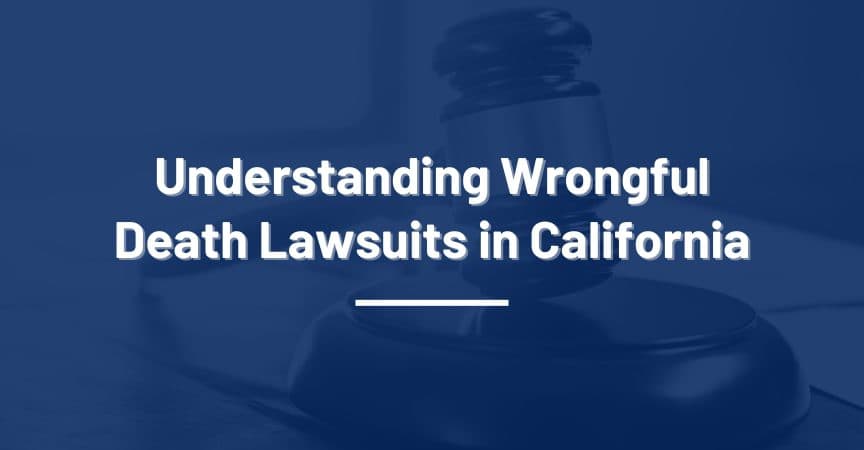Losing a loved one is a tragic and devastating event, made even more difficult when the death was caused by the negligence or wrongful actions of another person or entity. In such cases, the surviving family members may have the right to seek justice through a wrongful death lawsuit.
In California, several laws guide wrongful death claims, including who may file, when they can file, and what damages the plaintiffs can claim. If you plan to pursue a lawsuit, it is important to be aware of these rules to improve the chances of a successful outcome.
What Constitutes Wrongful Death in California?
Wrongful death refers to a death that is caused by the wrongful act, negligence, or default of another party. This includes situations where the deceased person would have had the right to file a personal injury lawsuit if they had survived.
Examples of wrongful death cases can range from fatal car accidents caused by a negligent driver to medical malpractice resulting in a patient’s death. It is important to note that wrongful death claims are civil cases and are separate from any criminal charges that may arise from the same incident.
Who Can File a California Wrongful Death Lawsuit?
In California, several parties have the right to bring a wrongful death lawsuit on behalf of a loved one. In order of priority, these individuals are as follows:
- The decedent’s surviving spouse or domestic partner
- The decedent’s surviving children
- The children of the decedent’s children, if they are deceased
If there are no survivors, any individual who could inherit something from the decedent’s estate can file, such as the deceased person’s parents and siblings. Finally, any person who was financially dependent on the decedent may be held accountable.
These may include:
- The decedent’s putative spouse, or someone who in good faith believed that he or she was married to the victim
- Children of the decedent’s putative spouse
- The decedent’s stepchildren, parents, or legal guardians
What Damages Can Be Claimed in a Wrongful Death Lawsuit?
A wrongful death lawsuit is intended to compensate the deceased person’s family and his or her estate for any losses sustained due to the defendant’s actions. These typically fall into one of two categories: economic damages, which involve financial losses, and non-economic or pain and suffering damages.
Examples of economic damages in a wrongful death lawsuit include:
- Financial support the decedent would have provided to the family
- Loss of expected gifts or benefits from the decedent
- Funeral and burial expenses
- Value of household services provided by the decedent
Examples of non-economic wrongful death damages include:
- Loss of enjoyment of intimacy between the decedent and his or her spouse or partner
- Loss of the decedent’s guidance
- Loss of comfort, care, companionship, assistance, protection, love, affection, society, and moral support from the decedent
How Long Do You Have to File a Wrongful Death Claim?
In California, there is a two-year statute of limitations for wrongful death lawsuits. This means that you must file within two years from the date of the decedent’s death, or the court will likely dismiss the claim.
In these situations, it is important to speak with a California wrongful death attorney as soon as possible. A lawyer can help initiate your claim before the filing deadline and can advocate for your family’s interests throughout the legal process. Contact an attorney as soon as possible to discuss your claim and take your first steps toward justice.
